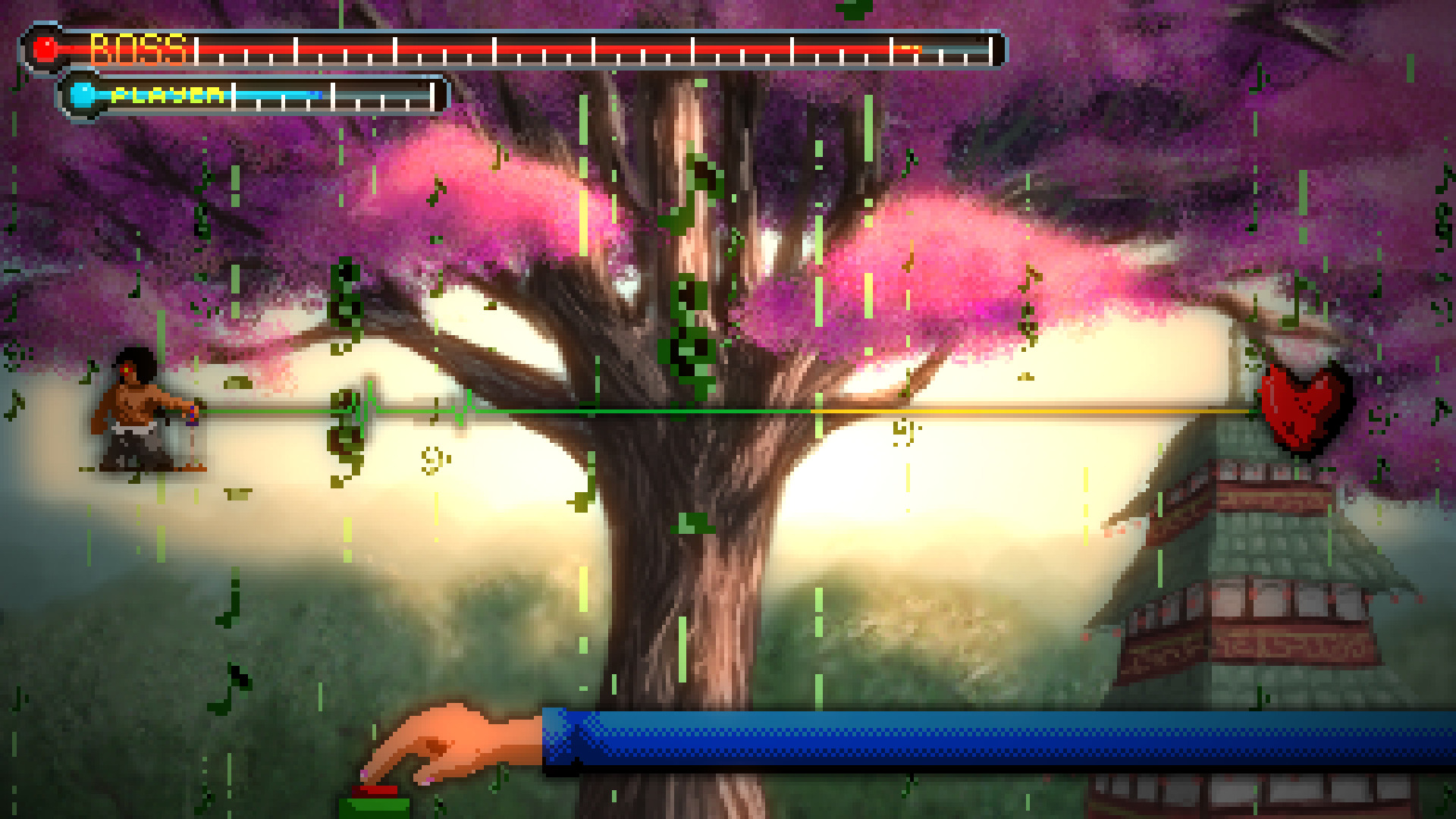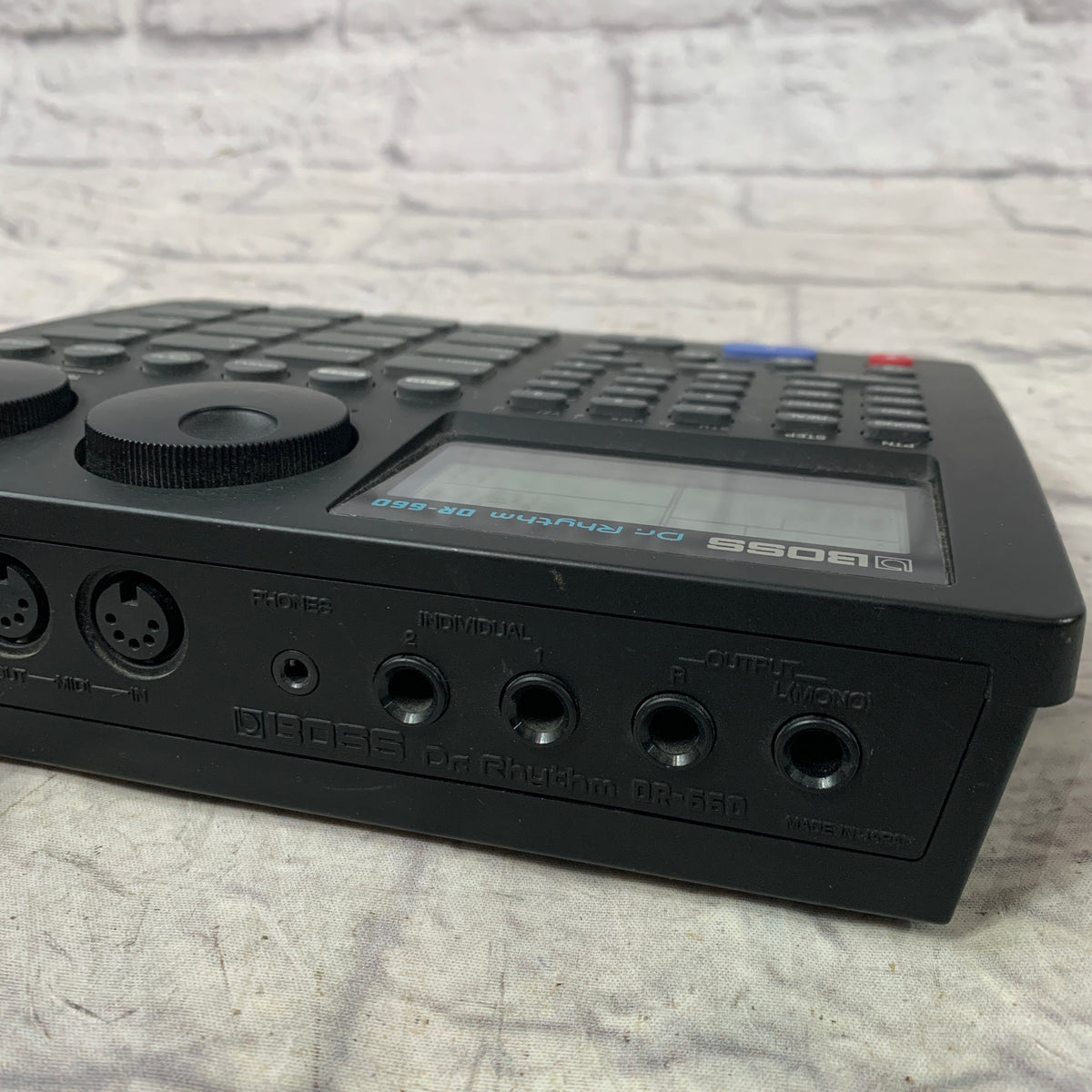

Instead of just hearing or feeling the beat, we need to also hear the division and subdivision. What he meant by that is that we need to divide and subdivide the beat to play rhythms better in a tempo. Whenever you play, you gotta get the little guys going in your head. The trombone professor where I did my undergrad had a saying that always stuck with me:


This is what happens when you only practice rhythm by playing it on your instrument.īut when you add more modes of practice, it’s like you’re building a paved road.Īdd in movement, and now you’ve got a superhighway. It’ll get there, but it can’t go very fast. If you learn something in only one way or with only one method, the road your brain’s message needs to travel is like a dirt road. When you want to remember something or read something, your brain sends a message to a factory 50 miles away requesting the information, and then the message comes back. Imagine your body is the capital of a state. What does it mean when our brains learn something?
#Rhythm doctor music free#
There are a lot of free online metronomes, but if you want a good one, you’ll really need to buy a physical one. You’ll be amazed at how the metronome clicks highlight the spots where your drag or rush the tempo. Turn your metronome on at the desired tempo and play along. Keeping a steady beat is key to playing rhythms correctly.Īfter all, rhythm fits inside or stretched around the beat. The metronome is a musician’s best friend. No need for a visit to the app store or anything. There are few ways to get as much of a volume of practice as with this tool.īest of all, for my students at least, is that it’s browser-based. Then you click to generate a random rhythm, read it, check it with playback, and click to get a new one. These feature a huge amount of rhythm options, from simple rhythms like a whole note or half notes to complex ones. You get to select the length of the pattern, meter, rhythms used, and tempo used. Sometimes to get better, you just need a lot of practice.īut if you don’t have a method book or rhythm book, how do you know what to practice?Ī rhythm trainer tool like Rhythm Randomizer is free and great for reading a bunch of random rhythms. This is one of the best ways to self-reflect on how you’re actually playing different rhythms. A lack of accents on syncopated (off-beat) rhythms.Unclear articulations of complicated changing patterns.The most common rhythm problems you’ll discover this way are: You’ll likely notice things you didn’t at the time you played it. Watch your recording and see how you did. The time distance will help your brain look and listen to it with a fresh perspective. Wait until you’ve been away from the music for at least an hour (a day would be better). Take a video of yourself doing the rhythms or playing the part. Record YourselfĪnother good trick is actually an add-on to all the other rhythm exercises. Pro-tip: Start with eighth notes and quarter notes, and then move your way up. I play the rhythm on my instrument (or sing it) five times.ĭo this, and you’ll be amazed at how quickly you learn the parts.Then, I clap without saying the rhythm five times.I clap the rhythm while saying it five times.I say and count the rhythm five times.When I do specific rhythm practice or come across a difficult rhythmic part, I do these three things: We need to remove the musical instrument from the beginning of our practice (or words if you’re a singer) and focus on the sound of the rhythms. On top of this, to truly learn something better, we need to isolate the specific skill from everything else.Ī quarterback doesn’t get better at throwing more accurate long passes by scrimmaging entire games non-stop. When you get a chance, head on over to our massive article on rhythm syllables. At its core, rhythms evolved from organized speech.Īs such, we can make our rhythm skills better by using rhythm syllables or counting to understand the flow of rhythm better.


 0 kommentar(er)
0 kommentar(er)
